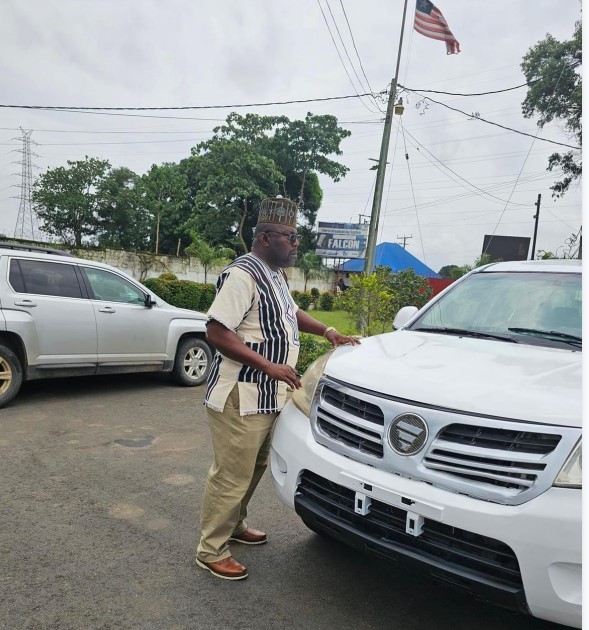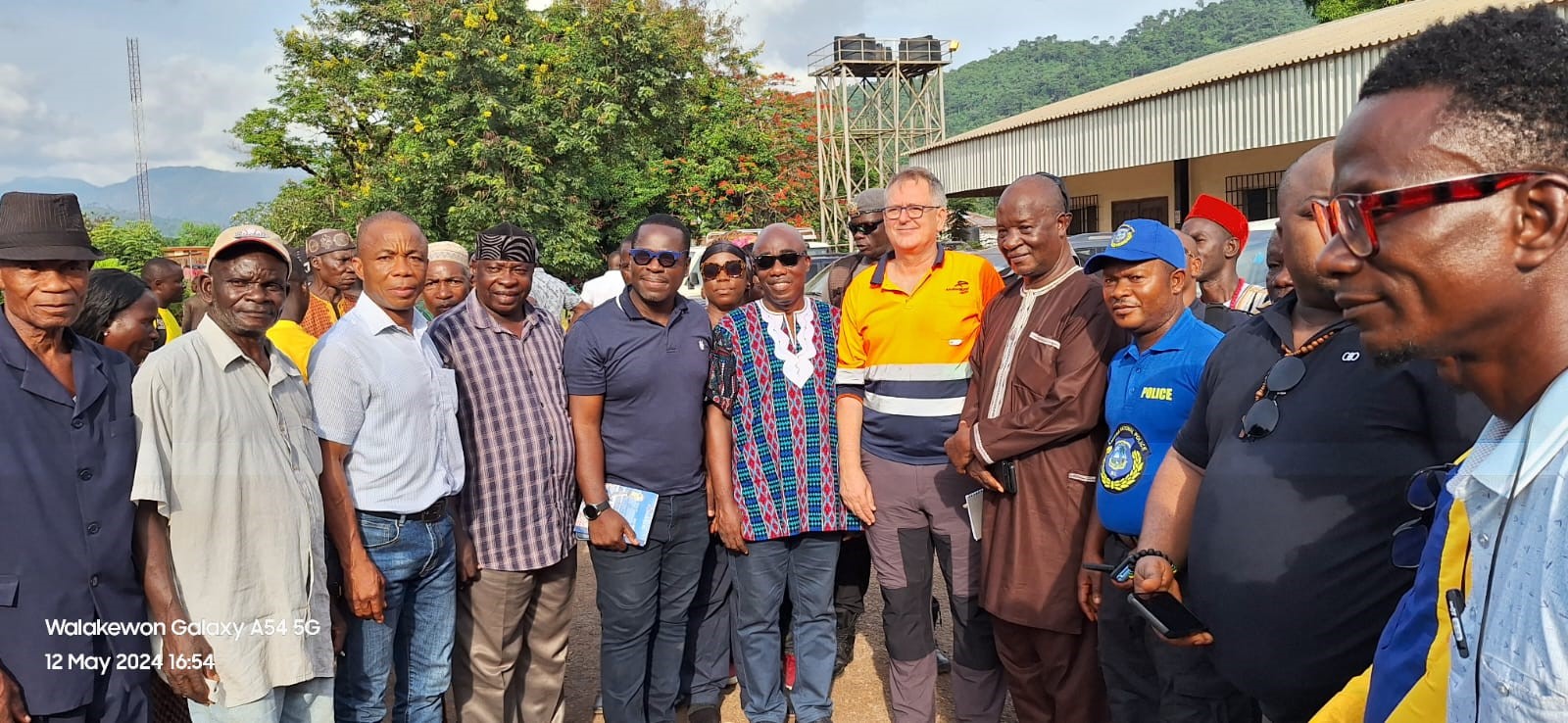BY: Dr. Augustine Nyankun Jlasnoti Fannieh
+231-886-571-425
Good afternoon Folks, today, i want us to look at the fifth and last broad category of the Social Determinants of Health, which is NEIGHBORHOOD & BUILT ENVIRONMENT.
The neighborhoods people live in have a major impact on their health and well-being. Many people in our country, Liberia live in neighborhoods with high rates of violence, unsafe air or water, and other health and safety risks. People with low incomes are more likely to live in places with these risks. In addition, some people are exposed to things at work that can harm their health, like secondhand smoke or loud noises.
Neighborhood and built environment explores the relationship between where people live (like housing, neighborhoods, and overall environment) and their health and well-being. This will include housing quality, access to transportation, availability of healthy foods, water and air quality, and community violence and crime.
Characteristics of our environments and structural inequities affect our health through factors such as housing quality, availability of healthy foods, access to public transportation, exposure to toxins and pollutants, extreme weather and natural disasters, discrimination, and violence. These environmental factors are so influential to health.
Environmental conditions impacting health include Polluted air (indoor and outdoor), contaminated water, extreme heat and cold, and noise and light pollution negatively impact health.
Housing quality, ease of movement in the neighborhood, and amount of green space are important parts of the environment that impact health.
Geographic region, population density, traffic, income,
race/ethnicity, type of employment, housing conditions, and age influence how individuals and communities experience the above environmental conditions. The impact of environmental conditions is not equally spread, and thus certain subpopulations experience greater in health inequities.
Interventions and policy changes at the national, county, district, and community levels can help reduce these health and safety risks and promote health:
1. Reduce the rate of minors and young adults committing violent crimes.
2. Increase the proportion of schools with policies & practices that promote health & safety.
3. Increase the proportion of people with water supply.
4. Reduce the number of toxic pollutants released in the atmosphere.
5. Reduce health & environmental risks at hazardous sites.
6. Reduce the proportion of families that spent more than 30% of income on housing.
7. Reduce deaths from moto vehicles crashes.
8. Reduce the proportion of adults who have hearing loss due to noise exposure.
9. Increase the proposal of workplaces that ban indoor smoking.
It has been a wonderful learning experiences and knowledge sharing. Thanks to all who also participated in these discussions, i cherished all your suggestions and comments. As we draw the curtains on these discussions, it is important to reemphasize that addressing the Social Determinants of Health in our country, Liberia will improve health outcomes and push to achieving Universal Health Coverage as a nation.
Thanks so much to all you participated, and those who read and learned from this discussion. We will be coming up next time with another discussion, all geared toward bettering our health sector in Liberia and building a resilient healthcare sector in our common patrimony, Liberia, a land of Glorious Liberty by God’s command.








